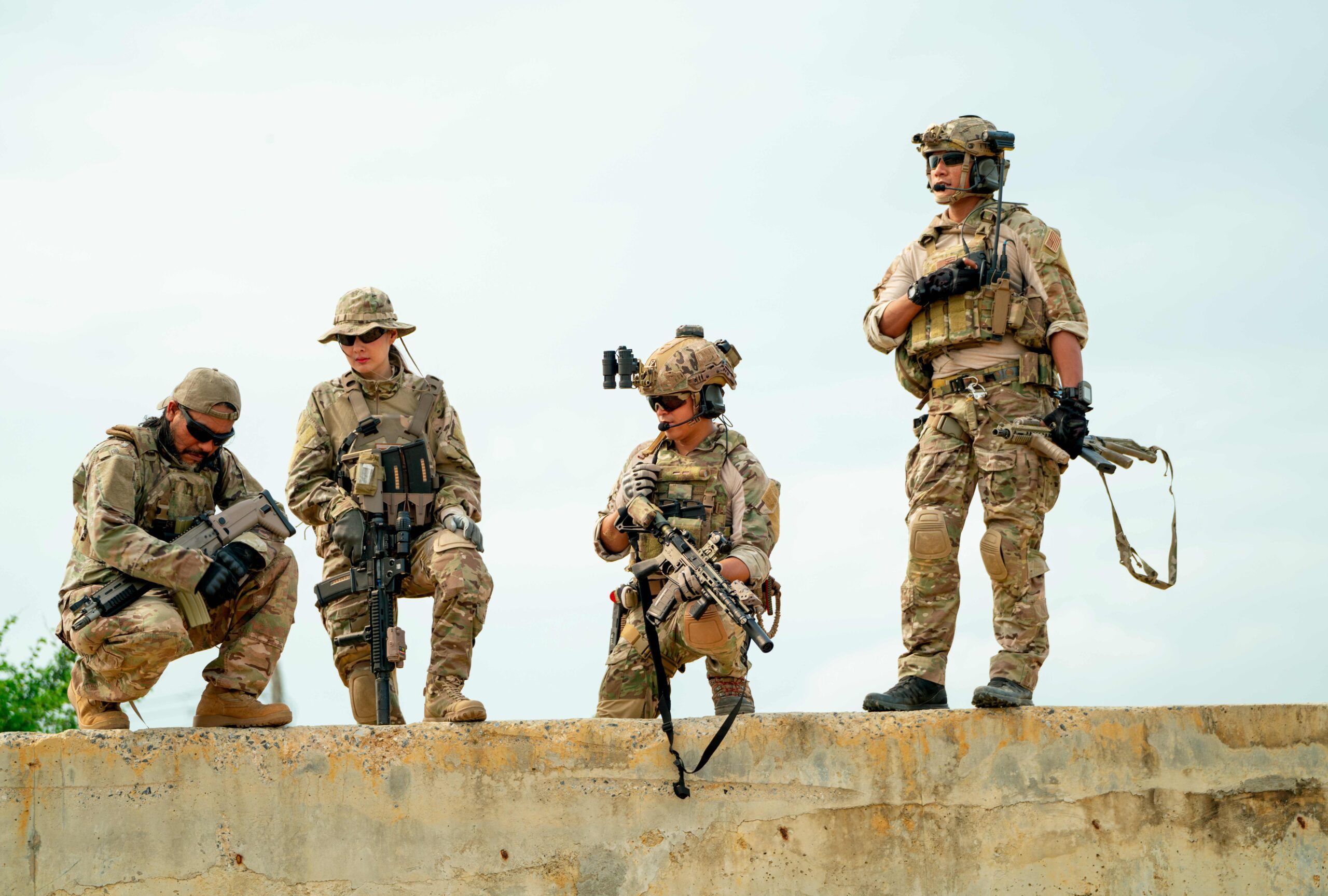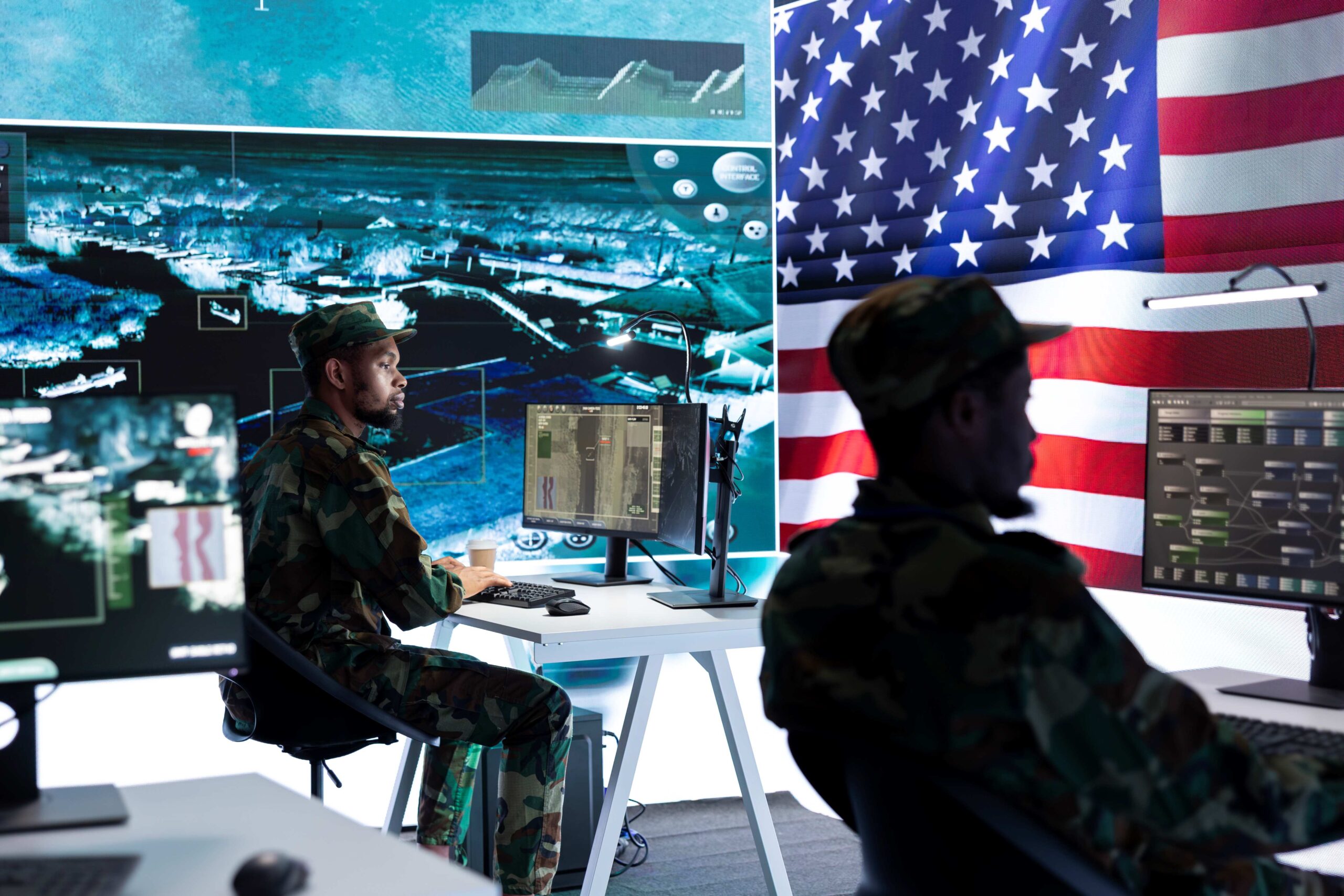
US Deploys 400 Additional Troops to Syria
How the Deployment Took Shape
By March 2017, U.S. officials confirmed that around 400 more troops would be heading to Syria. The announcement followed increased military activity in the region and was timed ahead of expected operations near Raqqa. Pentagon officials clarified that this move was part of an ongoing strategy and not indicative of a policy shift.
The decision emerged after a series of internal briefings. Movements were discreet, but presence became noticeable. By mid-March, the deployment was underway. Then came the confirmation — not rushed, but measured.
Troop arrivals were staggered. Not all units were stationed simultaneously. That was intentional. Command coordination required flexibility.
Deployment Structure and Goals
The 400 troops included a mix of Marines and Army Rangers. According to defense officials, their primary mission was to assist local forces in the fight against ISIS. Artillery support, logistics, and base security were top priorities.
Positioning was strategic. American forces were not concentrated in one area but dispersed near critical zones. Raqqa remained a focal point.
Pentagon sources confirmed the reinforcement aimed to accelerate coalition efforts. No permanent bases were announced. Mobility stayed central.
There were questions. Not about legality — that was addressed. But timing? Less clear. Yet, objectives were fixed: degrade ISIS capabilities and support partner forces.
Key Military Units and Role
Marines deployed with artillery units, including M777 howitzers. Army Rangers arrived separately, focusing on perimeter control and rapid-response tasks. These groups did not operate independently. They worked under a unified command structure.
Some equipment was pre-positioned. Other resources moved concurrently with troops. This blend allowed faster integration into ongoing operations.
Roles were defined. Rangers acted as a mobile response force, while Marines provided fire support from a distance. That line was never crossed. Coordination ensured stability.
There was redundancy in capacity — by design. No margin for guesswork.
Background on US Operations in Syria
US involvement in Syria began in response to ISIS expansion. By 2014, limited airstrikes turned into sustained missions. Then — special operations teams. Later — intelligence sharing.
By 2017, American troops were supporting the Syrian Democratic Forces (SDF). Not in lead roles. But visible enough.
The new deployment was not unprecedented. It followed a pattern. Each step calculated, each presence conditional.
Legal grounds rested on the 2001 Authorization for Use of Military Force. Critics questioned its scope. Officials stood firm.
Coordination with regional actors remained limited but existent. That mattered — less for combat, more for stability.
What to Watch in Regional Dynamics
With troop levels increased, pressure on ISIS positions was expected to mount. The focus stayed on Raqqa. Operations accelerated. Outcomes weren’t guaranteed.
Observers noted that Russia also had forces in Syria. The US avoided overlap. Deconfliction protocols existed. And held.
The broader coalition watched closely. France, the UK, others — they responded diplomatically. Publicly supportive. Privately cautious.
Local dynamics shifted. SDF gained ground. But long-term control — uncertain. Deployment was a tactic, not a finish line.
As spring advanced, the military presence remained temporary. Or so the briefings said.
